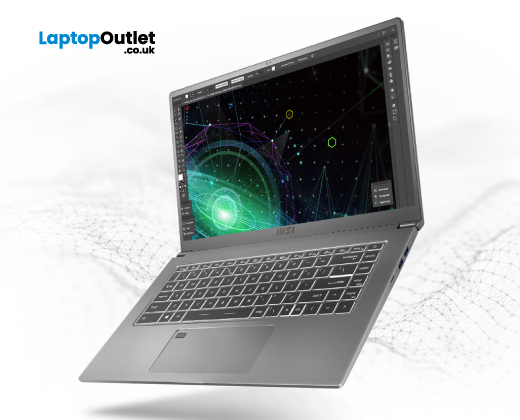This manual will teach you how to change the Laptop Display from Intel Hd to Nvidia, why switching graphics cards on a laptop may be necessary, and the features of this mode of operation. The instructions provided here apply to all versions of Windows.
Whether you have an intel laptop, MSI prestige 15, or Lenovo ThinkPad p14s, these procedures can be applied.
Which one is better? Integrated or Dedicated Graphics Cards?
Now, in the new laptops, the brands are inserting 2 graphic accelerators. The relatively weak is integrated into the processor, which means it is created on the same crystal as the stronger one. Although such video cards have low performance, their power consumption is significantly lower. Their processing power is sufficient for everyday tasks such as watching films, browsing the internet and playing browser games or simple flash.
If the laptop has a powerful GPU, it consumes more power and generates more noise, necessitating the use of a powerful cooler. Its performance, however, is already adequate for running 3D games, processing graphics, and rendering video. Changing a video card from integrated to discrete might not be the best option. This could be due to a variety of factors, including incorrect settings.
The steps outlined in this manual will only work if the system has drivers for the graphics adapter in question installed. The laptop merely does not identify the required device if the drivers are absent. As a result, cannot switch to it.
The procedure to change the laptop display from Intel to Nvidia
There are four ways to change the display from Intel to Nvidia. You can choose the right kind of method from the list for yourself.
- Control panel customization
- Through Nvidia application
- Use device manager to disable Integrated GPU
- Activation via BIOS
Control panel customization:
When a specific application is launch, this method forces the laptop to automatically switch to a discrete graphics card. Their list can be tailor to the user’s preferences.
This can also be done via the Nvidia Control Panel. If a utility is added to the autorun list (which is always the case), its icon appears in the system tray in the corner of the screen. Select the required control component by clicking on it with the right mouse button. Then, in the “Settings Management” tab, navigate to the “3D Settings” section, where you’ll find the program settings tab. Select the application in which you want to make modifications from the drop-down list. Set the “CUDA – Graphics Processors” to the video adapter of your choice. There are always global settings by default, which are determine by the computer’s BIOS.
After you save your settings, the selected program will use the discrete graphics card.
Through Nvidia application:
This method assumes that the integrate video card is use by default for all applications. A program or game that is more demanding on the graphics adapter’s performance is launche manually by the user via a more powerful video card. A couple of mouse clicks are all that is requir to convert a discrete card to an integrate card, but this option must first be configure.
To do so, click the “Start” button, then Control Panel, and finally “Hardware and Sound.” The NVIDIA Control Panel utility piques our interest. Select the item “Add the option” Run with GPU “to the context menu” from the main menu at the top of the opened application’s window and check the box to initiate this function.
Before starting any application or game, simply right-click on its shortcut, choose “Run with a GPU,” and select a discrete video adapter from the list. On the laptop, the system will not switch between graphics cards; instead, Intel HD Graphics will be use by default.
Use device manager to disable Integrated GPU:
If you are not going to use the integrate video card and will instead use a discrete one to run all applications, the “extra” device can be turn off entirely. In this case, the laptop will use a more powerful graphics accelerator.
To do so, click the “Start” button and navigate to the Control Panel, then Device Manager. The “Video Adapters” tab is requir. Select Intel HD Graphics from the list, then right-click on it and choose “Disable.” For the changes to take effect, the operating system may need to be restarte. If necessary, you can similarly activate this adapter.
Activation via BIOS:
This method implies that a laptop will use a discrete video card as the primary video card and will run all applications through it. Before loading the operating system, turn off the computer and press the Escape, Delete, F2 or F10 keys to launch the BIOS.
The necessary settings are usually found in the Advance section of the Chipset or Display tabs. Set the Discrete graphics option on the primary graphics card or graphics device. To save these settings, press the F10 key and restart your computer.
Bottom line:
SLI technology is support by Nvidia graphics adapters. Two video cards can run at the same time, and their power is combine. This mode is not support by all devices, but only by those that have been certified. You don’t have to switch between discrete and integrated video cards in this case, and the total power continues to support games in Full HD mode. An external monitor can also be connect in this case.
If you want to go for selected graphic cad for specific games or applications, choose one of the methods mentioned above.

1 comment so far